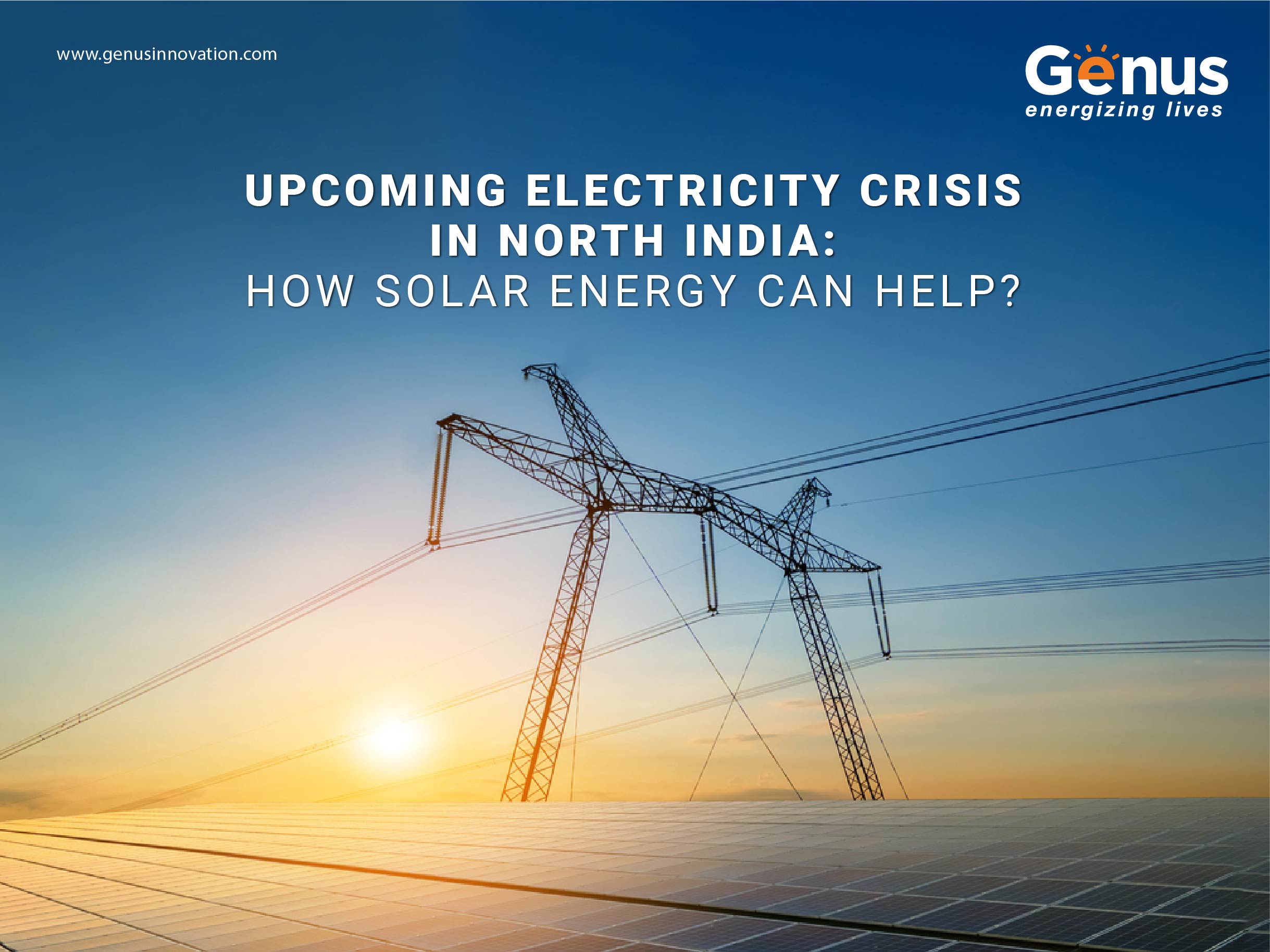The electricity crisis in North India has been a long-standing challenge, affecting states like Haryana, Punjab, Uttarakhand, Uttar Pradesh, Delhi, Chandigarh, and Jammu and Kashmir. For years, millions of people have faced regular power outages, which disrupt daily life, impact businesses, and strain the economy. The situation has become even more severe in recent years, with frequent load shedding and unmet energy demands, especially during peak seasons.
As summer approaches, the problem is expected to worsen due to soaring temperatures, leading to increased usage of air conditioners, fans, and other cooling appliances. This surge in demand puts immense pressure on the already overburdened power grid. In this blog, we'll take a closer look at the root causes of the electricity crisis in North India and explore practical solutions that can help ease the situation.

### Causes of the Electricity Crisis in North India
One of the main reasons behind the forecasted power cuts is the rising demand for electricity, particularly during the hot summer months. With temperatures often exceeding 45°C, the need for cooling systems has never been higher, pushing the power grid to its limits.
Another major factor is the lack of sufficient investment in renewable energy sources. While solar energy in India has shown great potential, the transition from fossil fuels has been slow. Coal and gas-fired power plants are struggling with fuel shortages, further reducing electricity generation. Additionally, hydroelectric power plants are also underperforming due to low water levels, compounding the problem.
According to the International Energy Agency, India's energy consumption is expected to double by 2040. However, the current supply chain and infrastructure are not equipped to meet this growing demand, resulting in frequent blackouts and load shedding across several states.
### States Facing Electricity Crisis
#### New Delhi
Delhi is currently experiencing extreme heat, with temperatures ranging from 42°C to 46°C. Power plants are struggling to keep up with the demand, and in April, the city's power demand surpassed its production capacity, creating a significant power shortage.
#### Uttar Pradesh
Uttar Pradesh, the most populous state in India, is facing a critical power shortage. With only 25% of its coal reserves remaining, the state is unable to meet the rising demand, especially during the summer months.
#### Uttarakhand
Uttarakhand is dealing with frequent power cuts, partly due to early summer conditions and the closure of a gas-driven power plant in Kashipur. This has led to a sharp increase in demand and a decrease in supply.
#### Bihar
Bihar is also suffering from a daily power deficit of 200–300 MW. Both urban and rural areas are affected, making it one of the hardest-hit states in the region.
### Solutions to the Electricity Crisis in North India
To address the ongoing power crisis, there is a pressing need to modernize the energy sector. Investing in advanced technology and infrastructure can significantly improve efficiency. Upgrading power plants, transmission lines, and distribution networks will reduce losses and enhance reliability.
Promoting renewable energy is another key solution. Solar energy, in particular, offers a sustainable and cost-effective alternative to traditional energy sources. Installing a **solar system for home** can reduce dependency on the grid and provide a reliable power source during outages.
Solar energy is not only environmentally friendly but also increasingly affordable. With falling solar panel prices in India, more households and businesses are turning to solar as a smart and sustainable choice. Solar panels require minimal maintenance and generate clean energy, making them an ideal option for both residential and commercial use.
### Conclusion
The electricity crisis in India is complex and multifaceted, requiring coordinated efforts from both the government and private sector. While short-term measures can help manage the situation, long-term solutions such as transitioning to renewable energy are essential.
By adopting solar energy, individuals and communities can take control of their power needs and reduce the impact of blackouts. With the right **solar products**, you can ensure a stable and sustainable energy supply, even during the hottest days of summer.
Beat the summer power cuts with **Genus Innovation’s solar products**! Switch to solar today and stay ahead of the energy crisis.
Seamless Stainless Steel Tube,Stainless Steel Seamless Tube,Stainless Steel Pipe,Stainless Steel Decorative Tube
Suzhou Yuhaoxuan Electromechanical Co., Ltd , https://www.essiont-pipeline.com